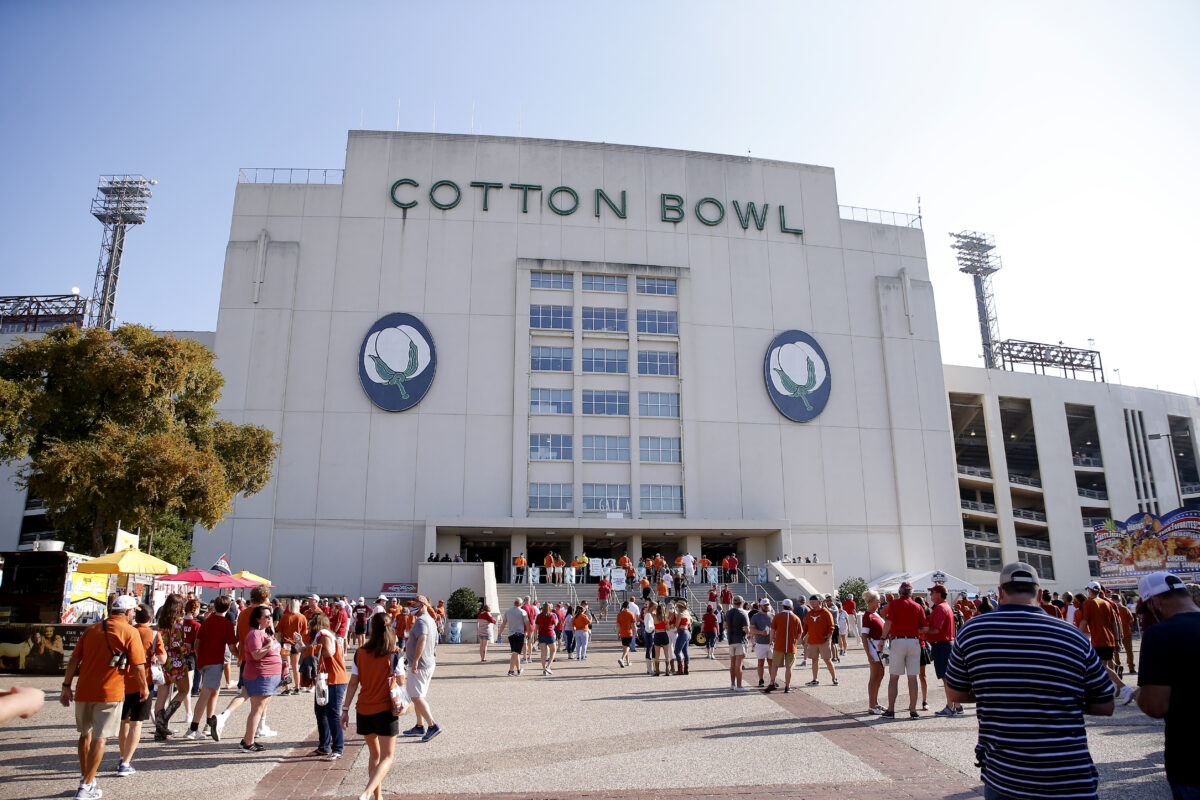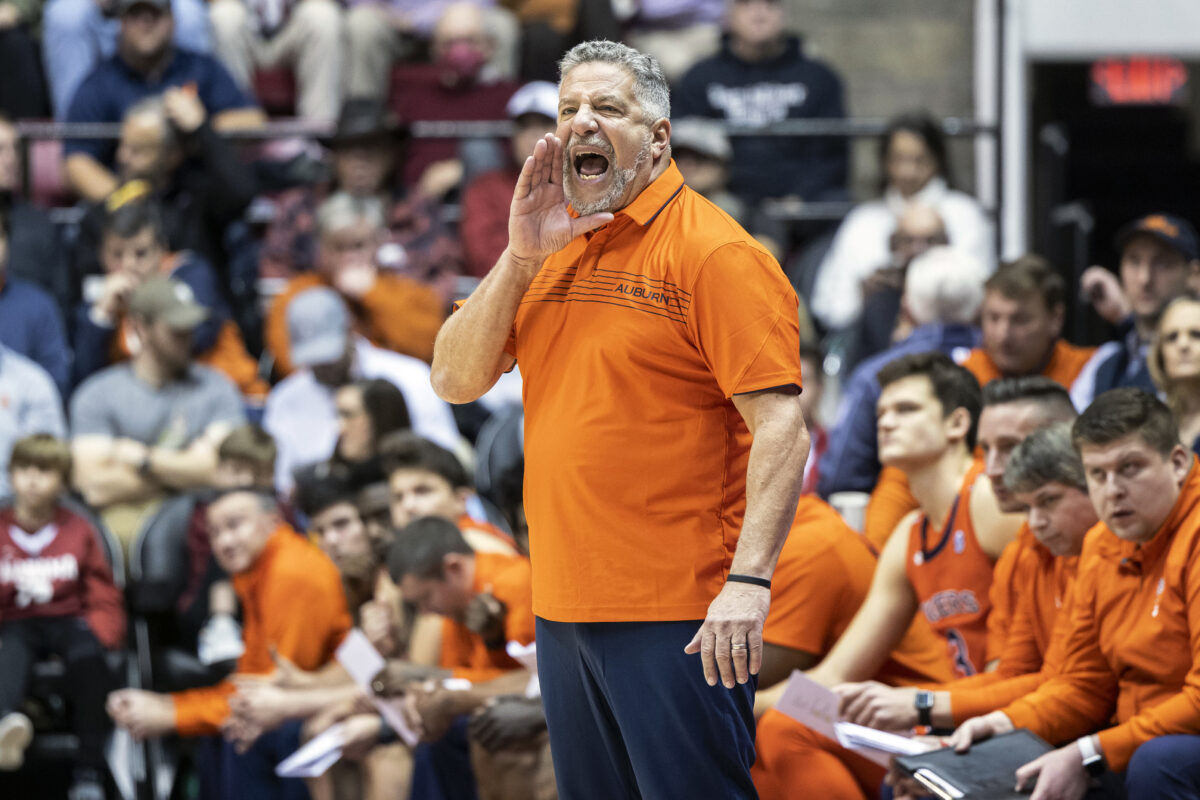If USC and UCLA leave the Pac-12 for the Big Ten, what do the Ducks do? They have to leave the Pac-12, right?
A massive bit of news was released on Thursday morning, with Pac-12 insider Jon Wilner reporting that the USC Trojans and UCLA Bruins are planning to leave the Pac-12 conference and join the Big Ten conference as early as 2024.
According to Wilner, the move has not been finalized “at the highest levels of power” yet, but regardless of whether or not it has gotten the last stamp of approval, even the thought of it being potentially possible is a massive shift of power in the world of college athletics, and college football in particular.
If it does end up happening, it leaves us with one question…
What will the Oregon Ducks do?
As it is, the Pac-12 is already viewed as a relatively weak conference, and one of the lesser among the Power-5 conferences in college football. At the top of the Pac-12, you have brands like Oregon, USC, UCLA, Utah, and occasionally Washington. You take away two of those programs, and what is left? The answer is an unmistakable runt of the litter.
For that reason, it’s hard to blame USC or UCLA for wanting to leave, as well. If you look at the Big Ten, it is among the best conferences in the nation, second only to maybe the SEC. They have Ohio State, and Michigan, and Michigan State, and Penn State, and countless other schools that can hold their water nationally. The things that conference can offer the Trojans and Bruins don’t even compare to the Pac-12.
So that begs the question…should Oregon try and follow UCLA and USC? If Oregon goes, does Utah follow? Is this the first sign of a true super-conference in college football? The SEC is heading that way with the addition of Texas and Oklahoma in the coming years, and this could be right there with it.
If you’re the Ducks, there’s likely no way you can stay in the Pac-12 if those two teams leave. Oregon already struggles to hold national relevance unless they have a superior season, and even then, they need a conference championship and a 1-loss year or better in order to even sniff the College Football Playoff.
It will be interesting to see how this all plays out. It could mean that the era of super-conferences are on the way, which would likely be great for fans of college football, but potentially fatal to middling teams like Colorado, or Washington State, or Oregon State.
We won’t know anything for sure any time soon, but this is certainly a story to keep your eye on in the coming months.
[mm-video type=video id=01g6ttprejschfqqqxzy playlist_id=01f27mq9z7hjgk6vc6 player_id=01f5k5y2jb3twsvdg4 image=https://images2.minutemediacdn.com/image/upload/video/thumbnail/mmplus/01g6ttprejschfqqqxzy/01g6ttprejschfqqqxzy-dee969b75005d41b384d5e4735a4a5b1.jpg]
[listicle id=25650]






